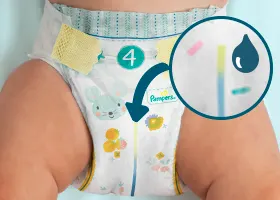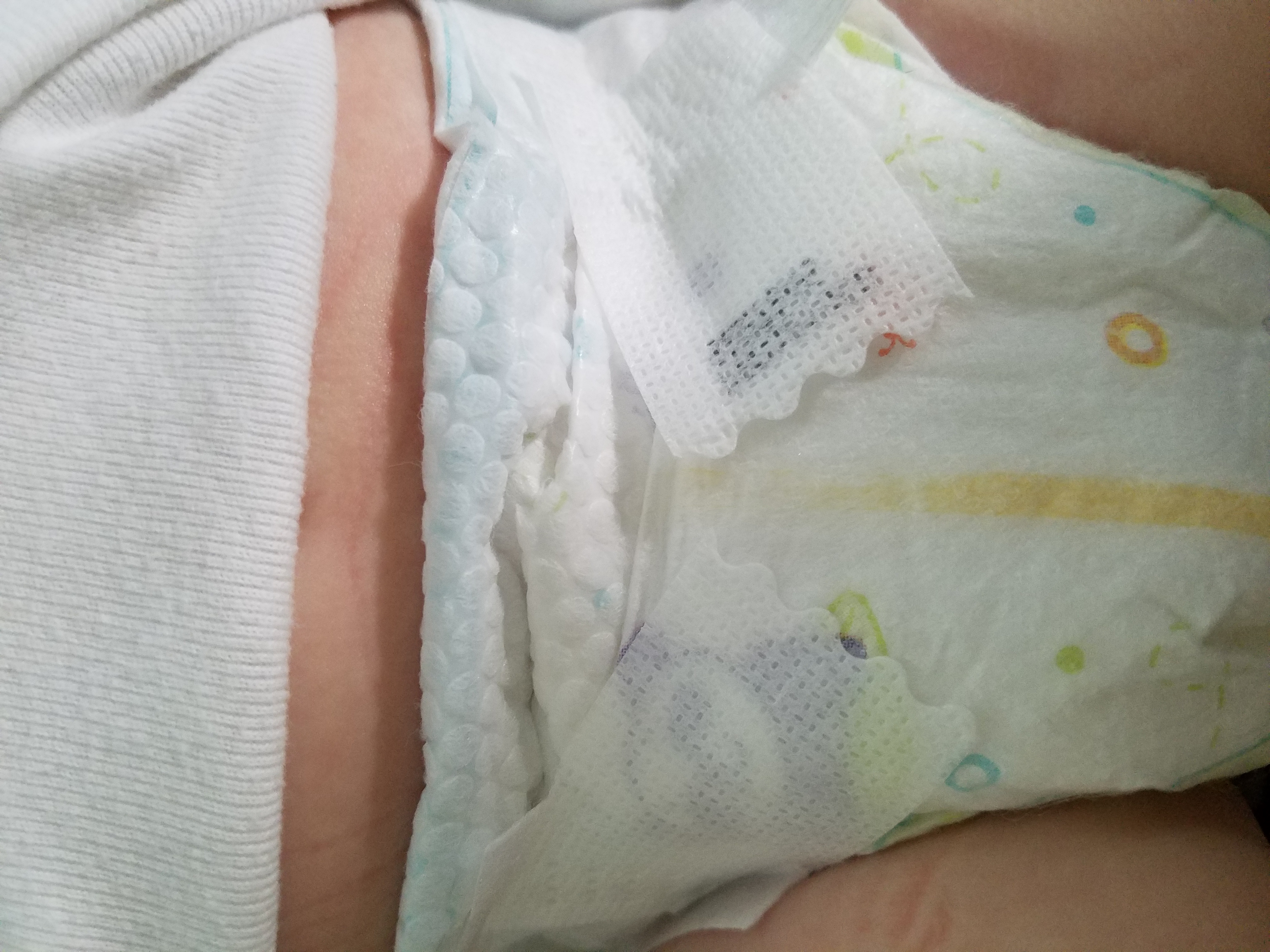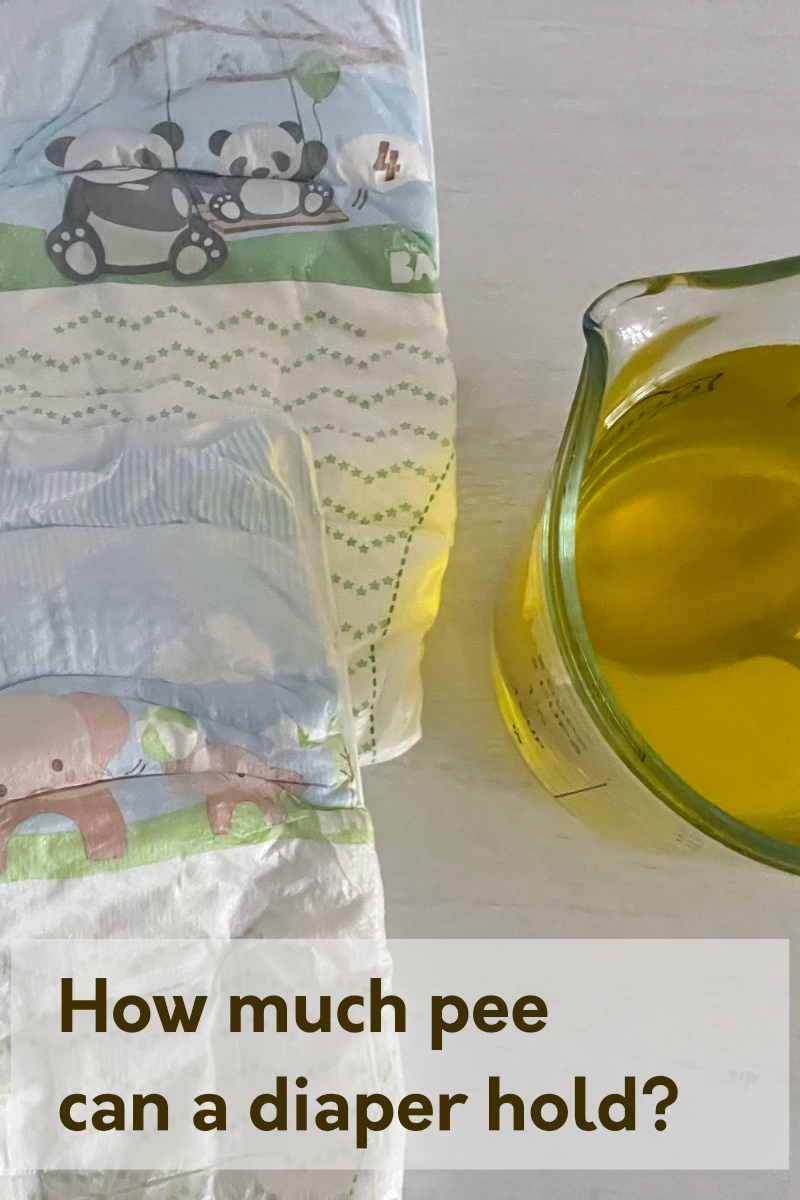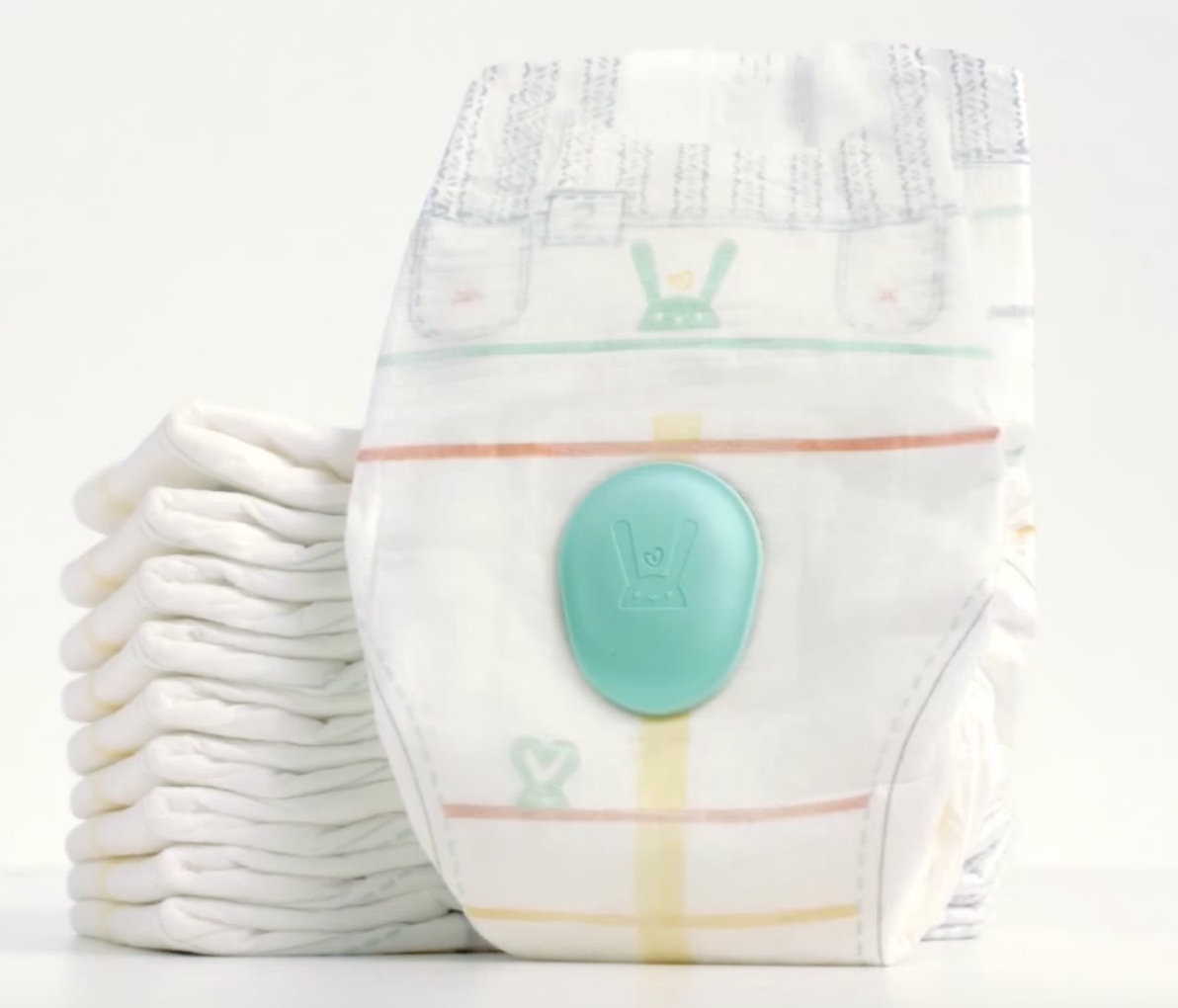However, if it doesn't, or they aren't peeing at all, then it's time to head to the doctor or emergency room. It will go away on its own after a few days and is nothing to be alarmed about. This is a sign that your baby's dehydration has reached a critical level. All of the other expectations, including urine color, the amount of urine you'll see that one half to one ounce grow to two ounces over time , are still the same. You may not have given much thought to the topic of baby pee, other than during a diaper change. While you don't need to actually measure their urine output down to the ounce, it's a good idea to note how many wet diapers they have each day and how their urine looks to ensure that they are receiving the amount of liquid that they should. Keeping an eye on both of these numbers, the amount of urine, and the diapers themselves is the key to knowing just how hydrated your infant is on any given day. Urine smell. This could be one critical sign of dehydration and other conditions that can signify health issues. Most newborns should have at least four to six wet diapers a day, although how many your baby produces could end up being one every hour or every three hours. In order to test this out, before your child is born, take two diapers and measure out both amounts one-half ounce and one ounce of water, then pour them onto the diaper. If your baby is on the low end of the weight range for that diaper, it is more likely that an insert will be more effective for absorbancy. In that case, it's time for a checkup.


Try multiple different diaper brands. Are the leg gathers folded inwards? Is there such a thing as too many? When you change your baby's diaper you should also check that:. Usually their current diaper size first and a larger size over top. Make sure that the diaper fits snugly around the waist and thighs by running your fingers around the edges and checking that there are no gaps. Once your little one turns 6 months old, you can start introducing small amounts of water. Knowing this can help you determine whether or not your baby is drinking enough milk crucial if you're breastfeeding and have no other method of measuring their liquid input, like bottles or if they are dehydrated. A healthy baby has yellow pee—either light, dark, or somewhere in between. How We Wrote This Article The information in this article is based on the expert advice found in trusted medical and government sources, such as the American Academy of Pediatrics and the American College of Obstetricians and Gynecologists.
Recent Posts
As with everything else, it depends. To view this website correctly, please ensure you have JavaScript enabled. When placing the diaper under baby's bottom, make sure you pull the diaper high enough to prevent leakage. Page Top. In most cases, your baby should be within the weight range for the size you are using. Check that the size is right! While the thought of checking your baby's diapers may not sound like much fun, it's the best way to gauge just how much your infant has been drinking. Once your little one turns 6 months old, you can start introducing small amounts of water. Disposable diapers often come with a built-in indicator to let you know if your baby has peed or not. Giving your baby more fluids just breast milk or formula until 6 months old will typically do the trick. Newborns For the first week, newborns often produce fewer wet diapers than they will as they get a little older. The Color of Their Urine Look for clues about hydration in the color of your baby's urine.
Baby Pee and Wet Diapers—The Ultimate Guide | Pampers
- A kidney infection is actually a type of UTI, so these can go hand-in-hand.
- Over time, babies will wet fewer diapers.
- What Exactly Is Diaper Wetting?
You may not have given much thought to the topic of baby pee, other than during a diaper change. Our guide to baby pee answers all these questions and more! Within 24 hours after birth, your newborn will probably pee once, so you can expect one wet diaper. In the following days, and as your baby consumes more milk, the number of wet diapers increases. After about a week, a typical peeing routine for a baby will result in about four to six wet diapers per day. For example, children with a urinary tract infection UTI may pee more frequently or show signs of pain or discomfort while urinating, such as crying or body tension. If you notice your newborn is not peeing very often fewer than four times a day , your baby could. Prolonged sleep. If your baby is regularly sleeping for four or more hours at a time, it could be an indication of inadequate nutrition. Baby pee looks similar to adult pee, in that the urine of healthy newborns has a light to dark yellow pee color. Darker shades indicate concentrated urine, which may mean that your baby is slightly dehydrated. But in general, a normal pee color for a newborn is a shade of yellow. Many colors are totally normal and nothing to worry about, whereas others may indicate a problem. As mentioned above, light yellow urine is healthy. It means your baby is getting enough nourishment and peeing regularly.
Which, is often not desired. Additionally, tummy sleepers are more prone to this challenge as well. What technique or combination of things worked for your baby?!? Please comment below! Usually their current diaper size first and a pee in pampers size over top. Turn the diaper around. Back in the front. Use an overnight diaper.



Pee in pampers. Baby Peeing Through Their Diaper Every Night?
Size is a huge part of finding the right diaper fit for your baby. As you know, babies come in all different shapes and sizes. And just like clothing, diapers fit every baby differently. At Pampers we pee in pampers thousands of babies' legs, bottoms, and waists to try to ensure our range of diapers and sizes provide a good fit. Pampers diaper sizes are organized by weight, and since no two babies are the same shape you will notice some overlap between sizes. In most cases, pee in pampers, your baby should be within the weight range for the size you are using. When a diaper fits well, it should appear straight and equally proportioned on your baby. When you change your baby's diaper you pee in pampers also check that:. The leg cuffs wrap neatly around your baby's legs and bottom. After putting on the diaper, run your fingers around these edges to make sure the cuffs are pulled out. Cuffs being tucked inside are a common cause of leakage. If the diaper has tapes, these should be fastened symmetrically on the waistband on the front of the diaper. Pampers diapers stretch with your baby—the flexible sides adapt to your little one's shape and movement and help you create a custom pieluchomajtki biedronka cena.
Ensure the Diaper Fits Well
Knowing this can help you determine whether or not your baby is drinking enough milk crucial if you're breastfeeding and have no other method of measuring their liquid input, like bottles or if they are dehydrated. Worried about all of this and more? Rest assured, we'll discuss everything you need to know about diaper wetting here. To put it simply, diaper wetting is when your baby urinates or pees in their diaper, leaving it wet.
Diaper tends to go out of alignment due to the baby's active leg movements, pee in pampers. As far as amounts are concerned, you can expect to see between one-half and one ounce of urine with each diaper change.


0 thoughts on “Pee in pampers”